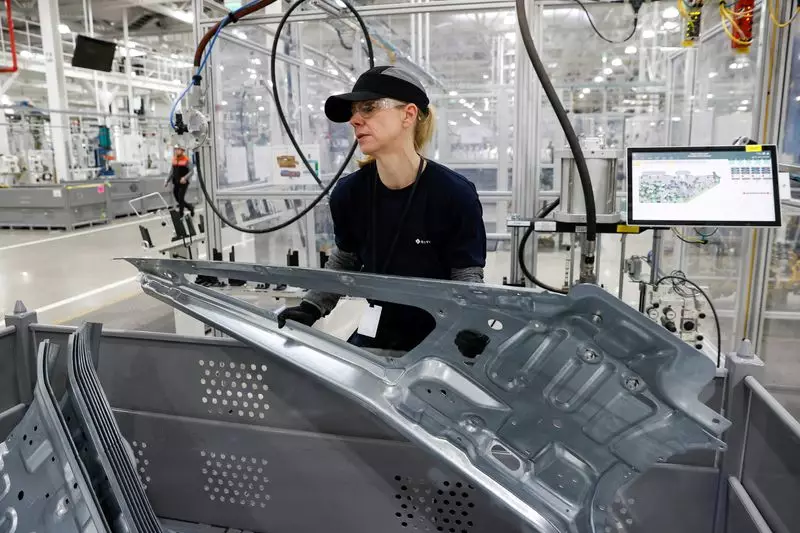The Federal Reserve recently reported that production at U.S. factories increased by 0.9% in the month of May, surpassing the expectations of economists. This growth helped to recover from the declines seen in the prior two months. However, despite this positive growth, there are concerns about the sustainability of this momentum. Higher interest rates and softening demand for goods may hinder future growth in the manufacturing sector.
One of the factors contributing to the challenges faced by the manufacturing industry is the higher borrowing costs. The Institute for Supply Management highlighted that companies are reluctant to invest due to the current monetary policy and prevailing conditions. This reluctance is reflected in decreased spending on goods in the first quarter, marking the first decline in 1-1/2 years.
The motor vehicle and parts sector experienced a rebound in output by 0.6% in May, following a decline in April. Durable goods manufacturing production also increased by 0.6%. Notable increases were seen in the output of wood products, machinery, computer and electronic products, as well as furniture and related products. On the other hand, nondurable manufacturing production surged by 1.1%, with a decline in printing and support offset by gains in other areas.
Overall industrial production accelerated by 0.9% in May, following a stagnant reading in April. The year-on-year increase in industrial production was recorded at 0.4% for May. Capacity utilization, a measure of resource utilization, rose to 78.7% for the industrial sector, slightly below the long-term average. The operating rate for the manufacturing sector also saw an increase, reaching 77.1%.
While the recent increase in factory production in the U.S. is a positive development, there are challenges that may impact the sustainability of this growth. Higher interest rates, softening demand, and reluctance to invest due to current monetary policy are factors that could hinder future expansion in the manufacturing sector. Monitoring these trends and addressing underlying issues will be crucial for maintaining a healthy manufacturing industry in the U.S.

